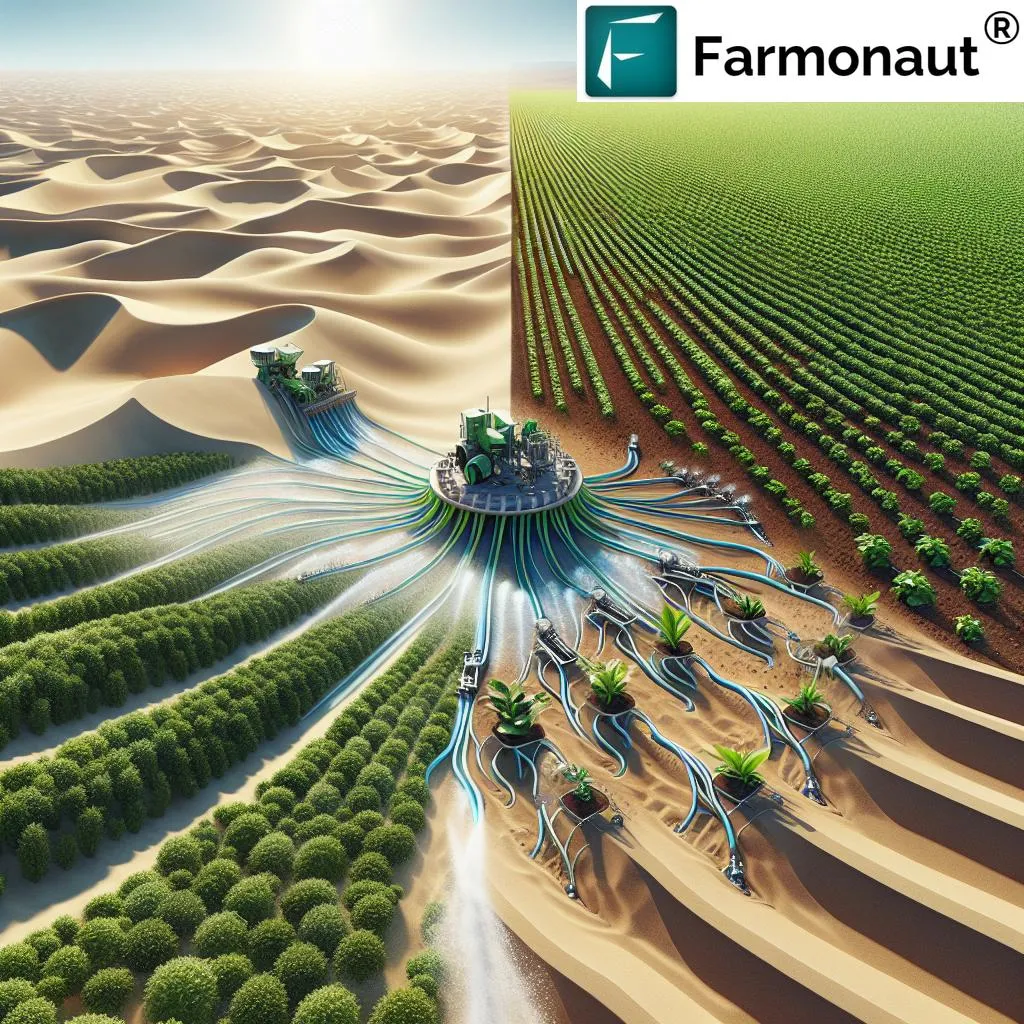In the face of rapid climate change and degrading agricultural lands, scientists are turning to an unlikely ally: deserts. A recent study published in *Frontiers in Agronomy* suggests that desert landscapes and flora could hold the key to sustainable agriculture and food security. The research, led by Mukesh Kumar Berwal from the Plant Biochemistry Lab at the Indian Council of Agricultural Research (ICAR)—Central Institute for Arid Horticulture, highlights promising trends in agricultural practices that could reshape the future of farming.
The study emphasizes two main approaches: farming popular food crops on desert lands and integrating desert plants into mainstream agriculture. “We’ve seen success stories where crops like tomatoes (Solanum lycopersicum) have been grown in desert conditions using techniques like drip irrigation,” Berwal explains. “Additionally, desert plants such as the superior varieties of tree legumes like Prosopis cineraria have shown great potential.”
The commercial impacts of these findings are substantial. By expanding farming into desert landscapes, the agriculture sector could tap into vast, underutilized areas. This not only increases food production but also aligns with the UN Sustainable Development Goals, particularly SDG 2 (Zero Hunger), SDG 12 (Responsible Consumption and Production), and SDG 13 (Climate Action).
Technological innovations play a crucial role in this shift. The study highlights the use of clay nanoparticles and xerophyte-derived rhizobacteria, vertical farming, and horticulture crop-based site management. These advancements offer hope for restoring degraded agricultural lands and making them productive again.
Berwal notes, “The integration of smart technology and traditional knowledge can lead to sustainable agriculture practices that are resilient to climate change.” This fusion of old and new could drive significant changes in the agriculture sector, making it more adaptable and sustainable.
The research also underscores the importance of local knowledge. Historically, communities in arid regions have relied on wild xerophytes for nutrition during droughts and famines. Leveraging this traditional knowledge alongside modern technology could provide a robust framework for future agricultural practices.
As the world grapples with the challenges of climate change and food security, the insights from this study offer a glimpse into a more sustainable future. By embracing desert landscapes and flora, the agriculture sector can innovate and adapt, ensuring food security for generations to come. The study, published in *Frontiers in Agronomy* and led by Mukesh Kumar Berwal from the Plant Biochemistry Lab at the Indian Council of Agricultural Research (ICAR)—Central Institute for Arid Horticulture, provides a roadmap for this transformative journey.

